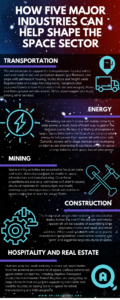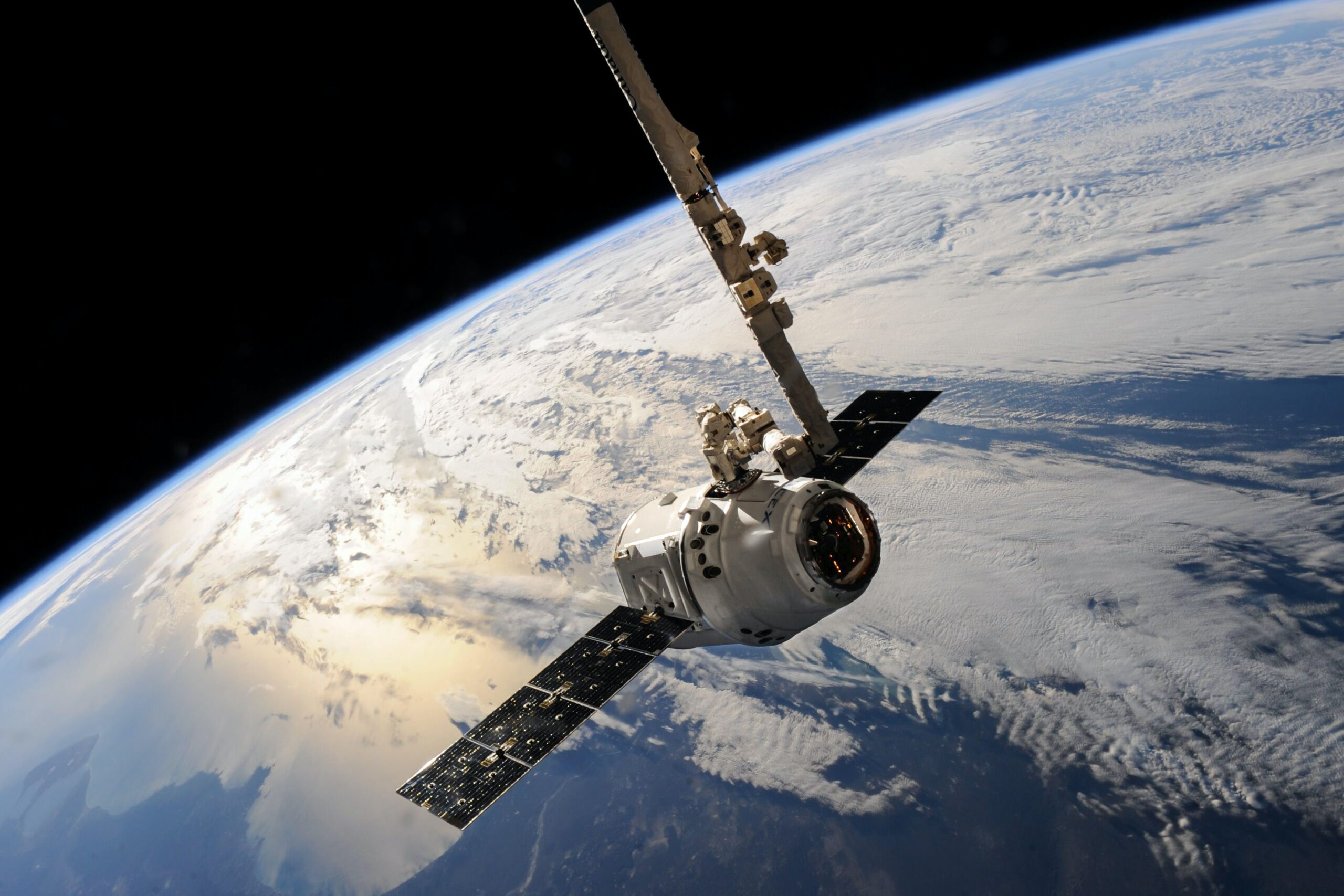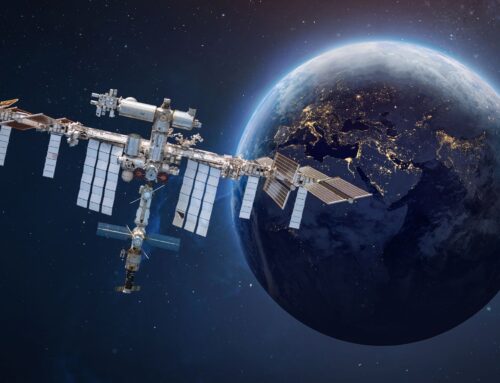The NewSpace sector is fostering a renaissance in space exploration. A variety of private sector players, government agencies and investors have partnered to support the growing investment in technologies, scientific research and other projects related to deep space exploration, advancing a sector that is projected to reach over $1 trillion by 2040.
The future space economy will need a dynamic array of support and resources to grow and succeed. And to start, it will demand creativity and enterprise from five major industries that can collaborate in shaping the sector as it develops.
Transportation Industry
Transportation entities are clearly well-established in the NewSpace sector already, with notable players including Elon Musk’s SpaceX, Sir Richard Branson’s Virgin Galactic and Jeff Bezos’ Blue Origin, companies which are actively achieving major investment in space exploration and research. But more players will be necessary to create a flourishing and innovative space economy with new infrastructure and support systems.
For transportation companies to thrive in space, one of the most crucial resources to be mined will be water. Not only is water used for hygiene and food production (among other necessities), but it will serve as an important feedstock for in-space refineries, which will create rocket propellants that are sold to transportation providers. Producing propellants and making them accessible beyond Earth will signal the need to create an in-space superhighway and fuel/propellant depots, placed in strategic locations throughout the solar system.
As Scientific American concludes, the infrastructure to support the transportation industry will be vast and need to include: propellant depots (gas stations), rest stops with permanent housing, trucks stops and freight yards (logistics hubs and cargo-handling tools), fuel production equipment (units to turn Moon water into fuel and oxygen), Moon and Mars-ground vehicles (trucks, SUVs, dune buggies and tugs), among other services.
While some pushback from NASA leaders and Congress has slowed progress in developing refueling technologies for space transportation, that is starting to change. Last year, NASA and SpaceX announced another partnership to create orbital refueling technologies, making space highway infrastructure a closer possibility. As money pours into more private enterprises, so will the logistics and transportation companies who seek partnerships with companies developing these technologies.
Energy Industry
Energy is one of the largest industries in the world, valued at over $1.891 trillion in 2019. It’s no surprise since humans are prolific consumers of energy, but in the coming decades, more of us will be traveling and living in space where our energy use will meet new demands. Jeff Bezos even anticipates that, “millions of people living and working in space” in the next few decades. As expected, in-space communities of this magnitude require massive amounts of energy to live, work and transport goods.
The energy we use in space will mainly come from solar power, a much more efficient way to gather the resource due to the lack of a filtering atmosphere in space. Space behemoths like SpaceX are utilizing solar energy to help power their spacecraft with solar sails. Currently, several early-stage startups and developing companies are attempting to capitalize on the in-space energy industry with space-based solar power. The US Naval Research Laboratory launched a test satellite to sending solar energy to Earth. Solar Space Technologies, found by NASA physicist John Mankins, has formed a joint venture with an Australian company to seek funding to supply power to remote parts of Australia with minimum impact on the environment.
Chemical rockets have become the primary transportation mechanism of choice. Originally, the propellant needed to fuel the space industry was to launch from Earth with support of the United Launch Alliance, a joint venture between Boeing and Lockheed Martin, and SpaceX. However, there may be an easier way to garner fuel and energy: mining.
Mining Industry
The world’s mining industry has slowed in recent years due to various high-tech sectors, net profit margin plummeting from 25 percent in 2010 to 10 percent in 2018. However, this may change thanks to the emerging space resource industry.
Space materials and resources can be extracted from celestial bodies like the Moon and Mars and asteroids. Goldman Sachs released research that declared asteroid mining is more realistic than imagined, with costs “comparable to traditional mines,” while noting that the financial and technological barriers are far lower than the psychological hesitation.
The Government of Luxembourg believes that the mining in the emerging industry is ripe for investment, creating the $227 million Space Resources Initiative to establish the European nation as a central hub for space resources. Their goal is to contribute to the peaceful exploration and the sustainable utilization of space resources to benefit humankind.
Space mining activities are expected to focus on water and water-derived propellants to enable in-space infrastructure and manufacturing. Once these propellants are available, companies will start to source structural materials for construction, eventually working up to mining precious metals needed for in-space production or even for use on Earth.
The Construction Industry
The current global construction industry is one of the main competitors with the energy industry for the title of world’s largest industry. This rivalry will only continue in space. The first orbital construction systems are expected to deploy before the end of the decade and robotic spacecraft will be capable of assembling large structures in orbit and repair and refuel satellites.
When used in tandem with zero-gravity manufacturing capabilities, construction systems can “print” and assemble large structures in space. Future construction projects of space infrastructure will appear completely different than it does on Earth. Still, it will be essential because the services and techniques will apply to the entire in-space value and supply chain. In the future, we will see propellant refineries assembled in orbit, asteroid mines repaired autonomously, and massive solar power plants built and upgraded to meet nearly any project requirements.
Hospitality and Real Estate Industry
Humans who live, work and play in space will need shelter from the extreme environments of space. The International Space Station (ISS) has solidified a steady human presence aboard its craft for over 10 years, but this will soon change.
Various commercial space station companies, including Bigelow Aerospace created by hotel founder Robert Bigelow, are competing for large contracts that range from supporting astronauts and wealthy tourists, to leasing room in-space for orbital manufacturing and R&D programs. The new industry is expected to reach $37 billion in the next decade.
Space habitats will likely be launched from Earth first, but as the in-space resource supply chain grows and metals from asteroids and the Moon become readily available, the sector will solely utilize them from space. Construction firms will create fleets of autonomous orbital assembly craft and high-quality metallic feedstocks to create orbiting megastructures that include factories, hotels and settlements that can grow in size. The first cities on the Moon are becoming more of a reality as markets become affordable and profitable for in-space real estate developers.
Earth’s economy has the opportunity to expand its reach into the stars, while also helping to grow human’s prosperity at home. Industries who factor space into their growth plans can ensure they’ll meet new frontiers of potential for their business and help humans become a multi-planetary species.







